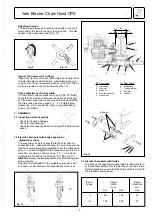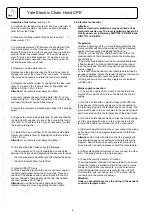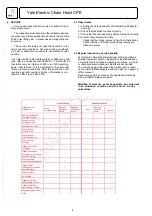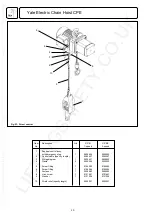
5
Electric chain hoist with trolley
The trolleys are supplied pre-assembled for beam width A
or B (see table below). This is indicated on the name-plate.
Before installation ensure that the trolley width is correct for
The load must always be seated in the saddle of the hook.
Never attach the load to the tip of the load hook. This also
applies to the suspension hook (Fig. 10).
Inspect the traverse (for trolleys)
Inspect the traverse for correct assembly and visually check
for external defects, deformations, superficial cracks, wear
or signs of corrosion. Especially make sure that the roll pins
are properly fitted to the centre traverse (Fig. 12).
Check adjustment of trolley width
On chain hoists without suspension hook (CPE-VTP/G/E)
check that the clearance between the trolley wheel flange
and the beam outer edge is equal on both sides and within
the tolerances given (see page 6, 2. - 3.). Enlarging the
clearances, e.g. to enable the trolley to negotiate tighter
3. ASSEMBLY
3.1 Inspection before assembly
- Check that the capacity indication on hoist and bottom block
3.2 Electric chain hoist with hook suspension
The suspension hook is connected to the hoist with two
suspension pins. Independent of how the hoist is reeved the
load hook must always hang vertically under the suspension
hook. In 1-strand configuration the suspension hook is to be
installed centred on the marking "1/1", in 2-strand
configuration centred on the marking "2/1" (see Fig. 11).
Secure the two suspension pins with locking plate
Selection and calculation of the suitable suspension point























